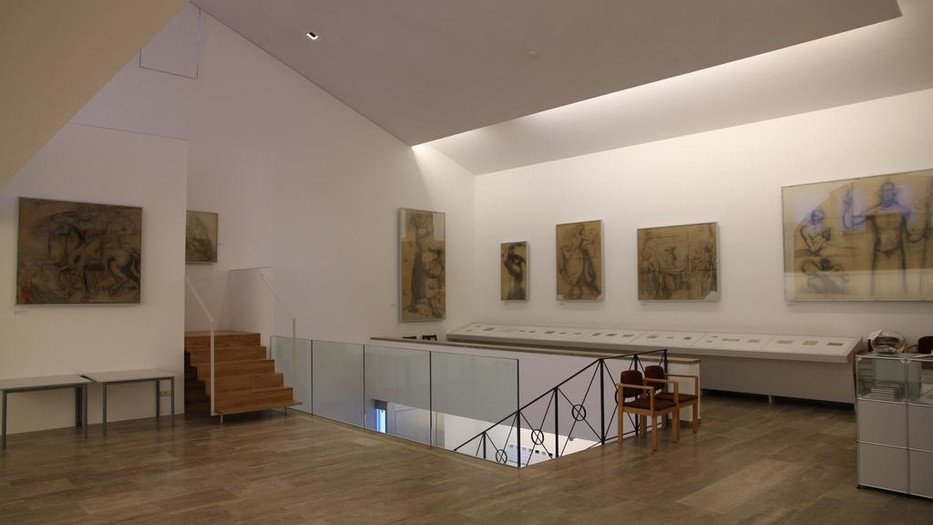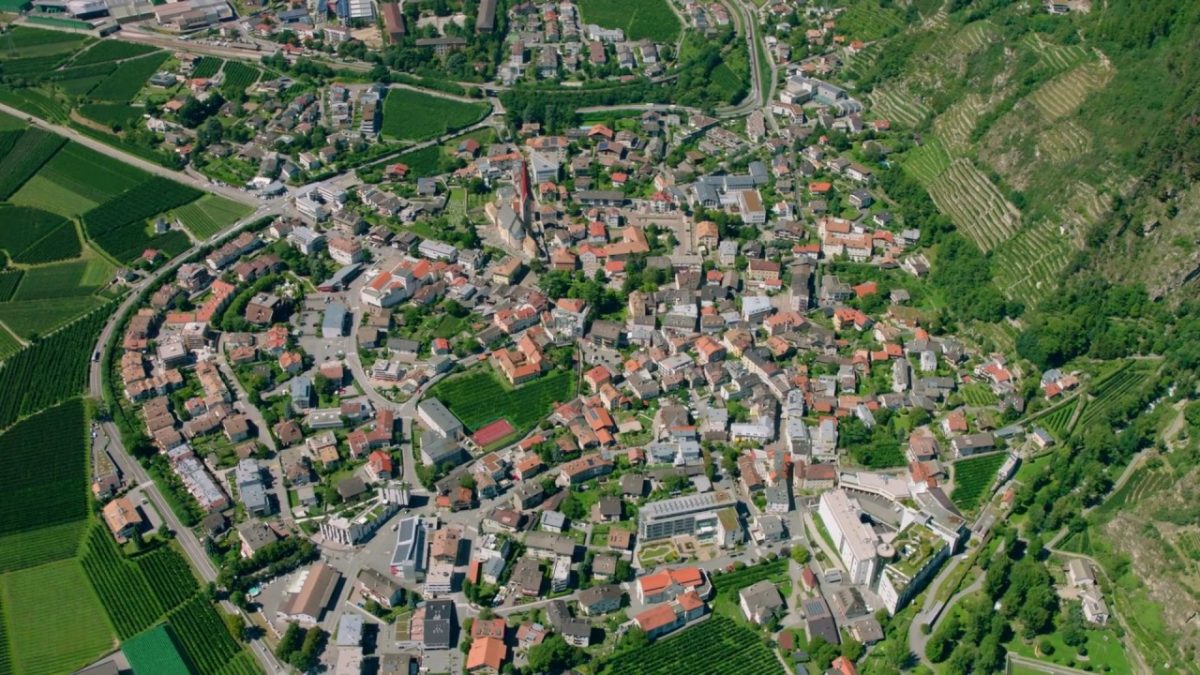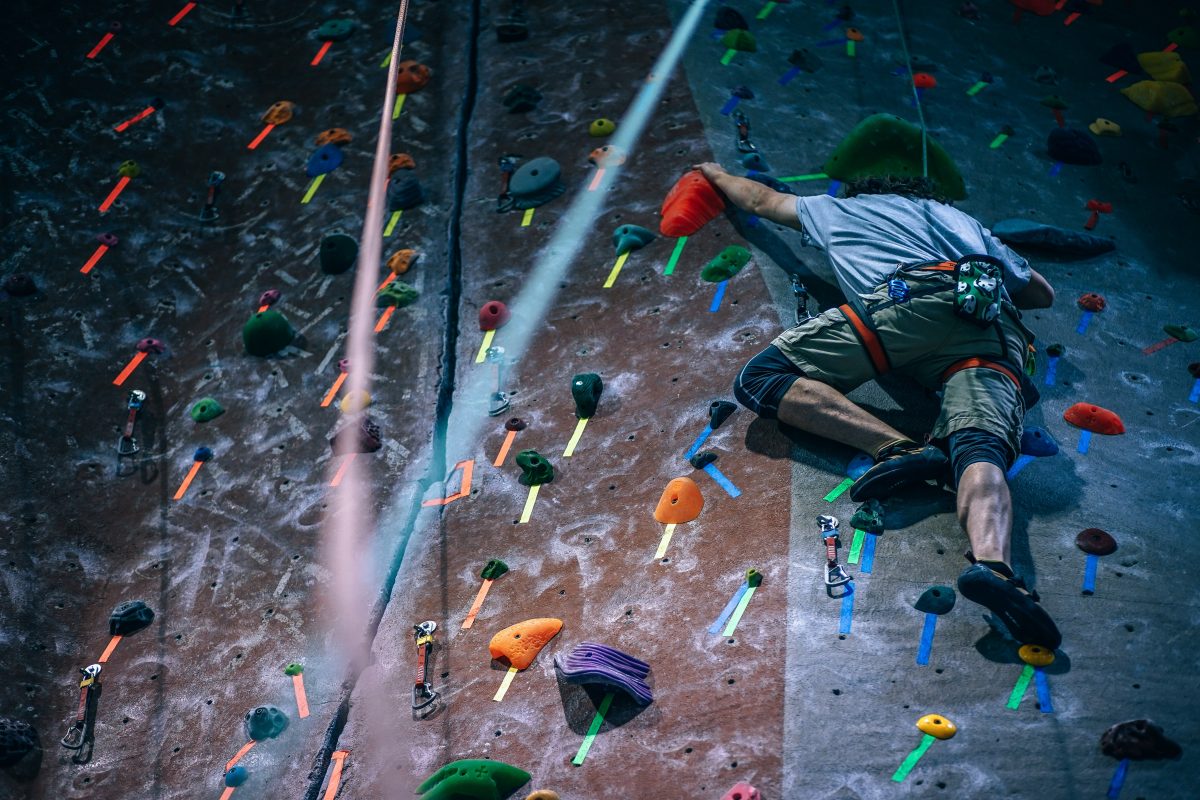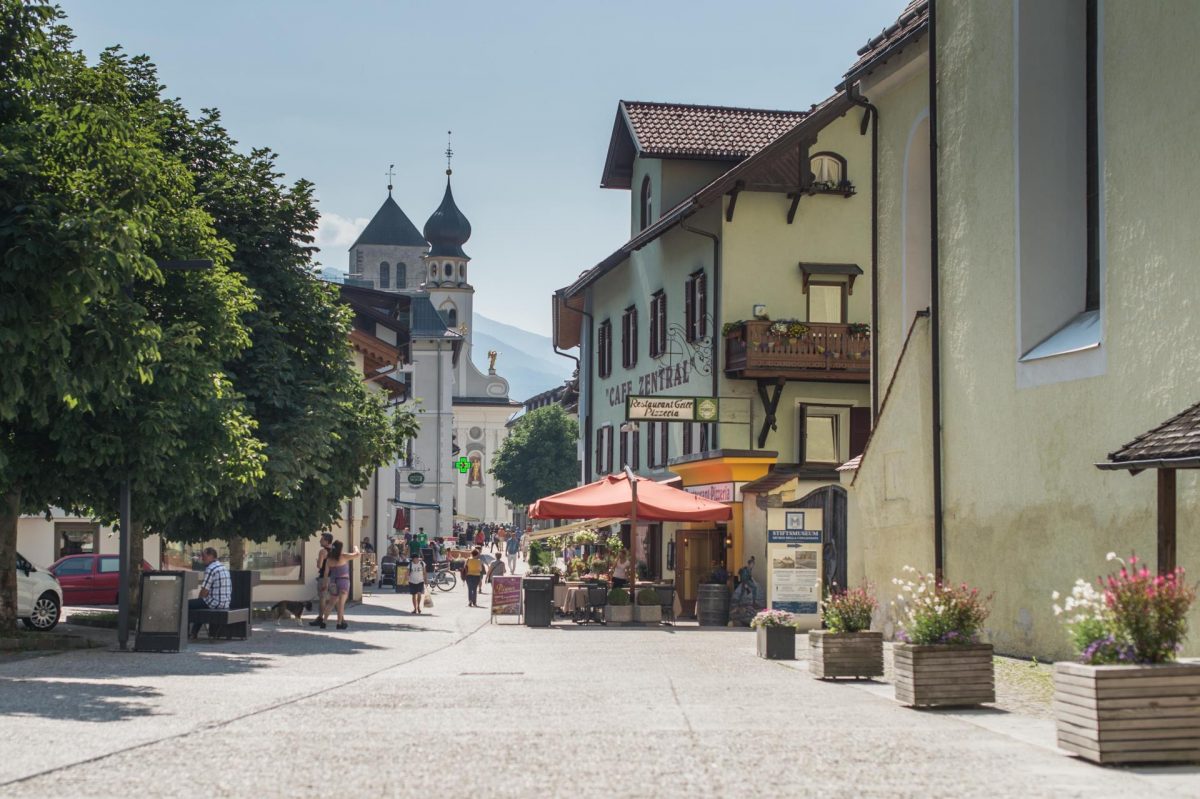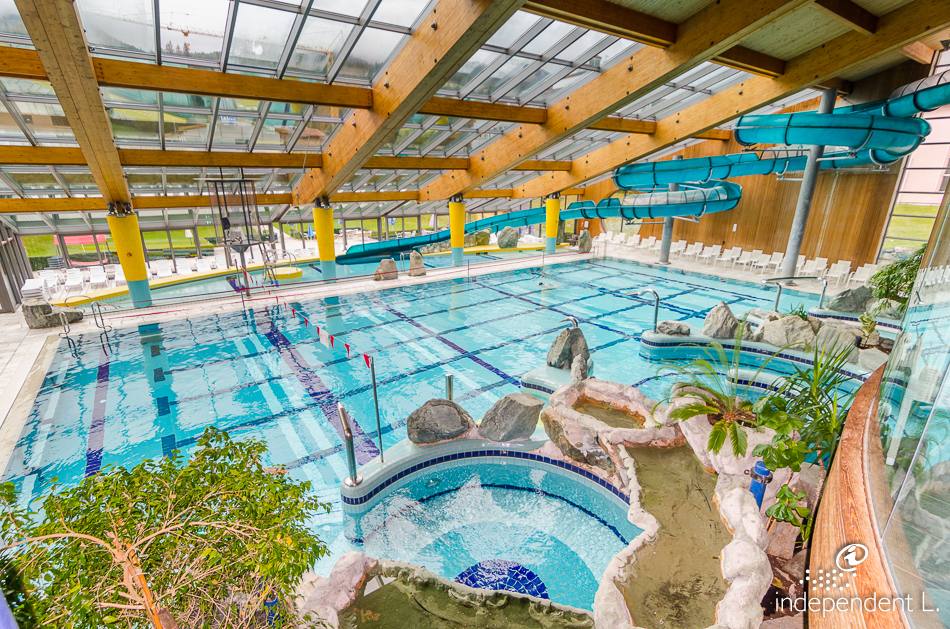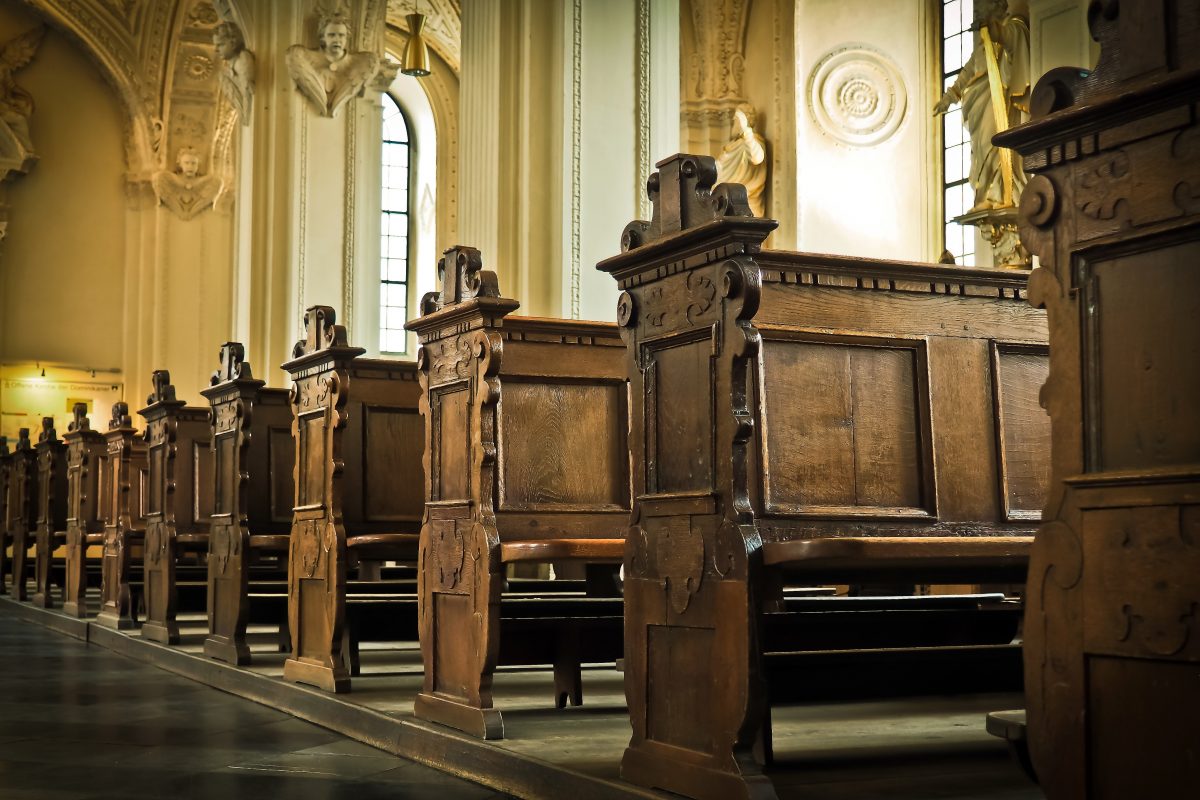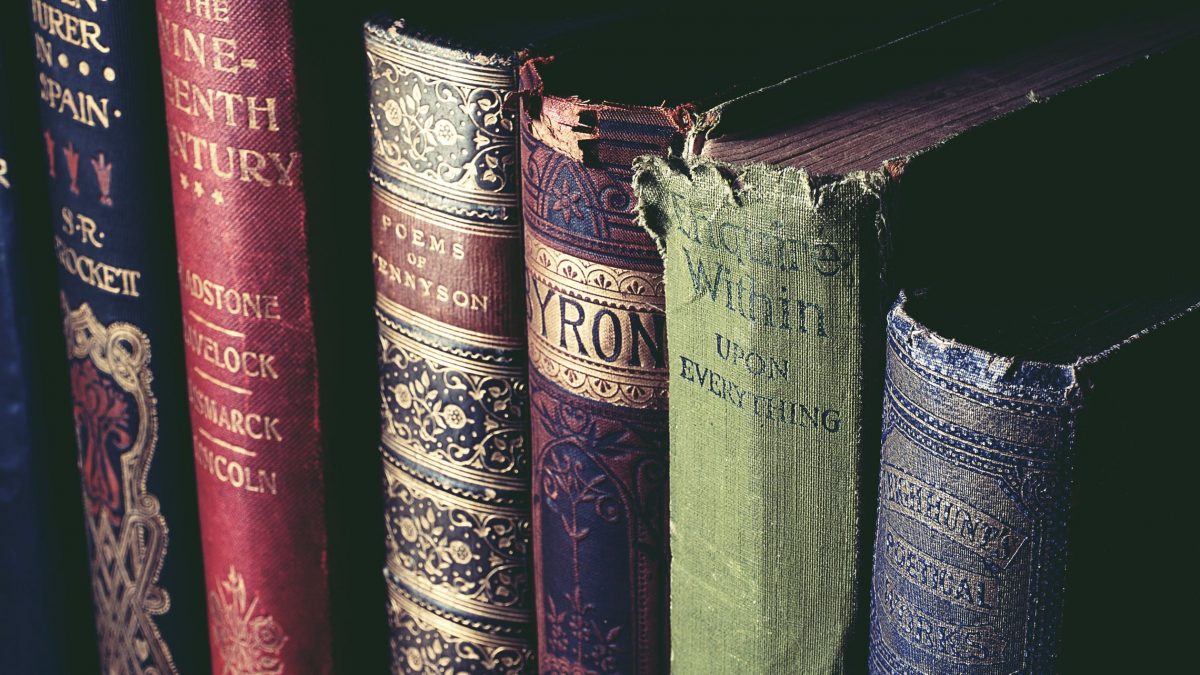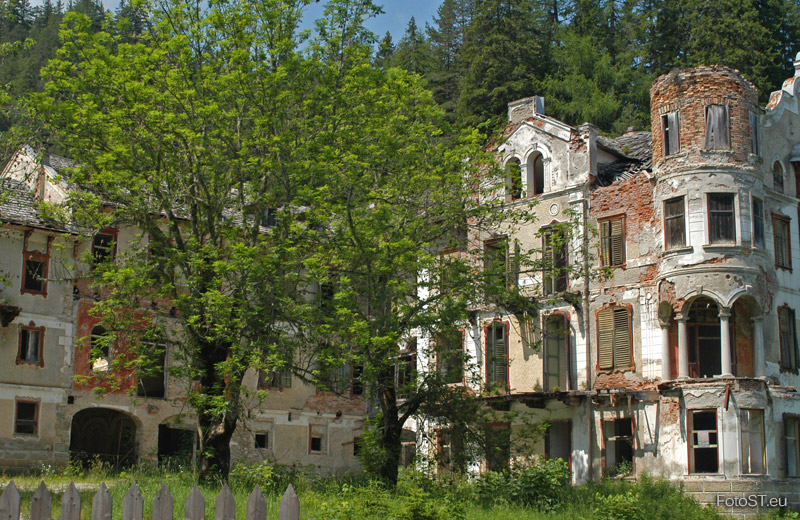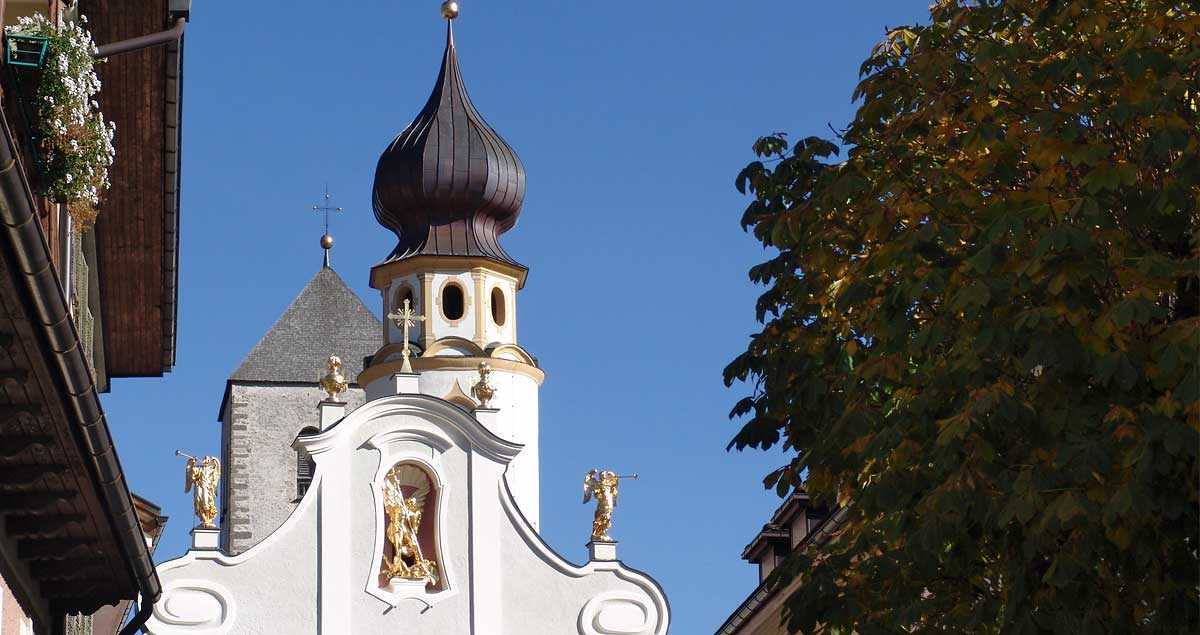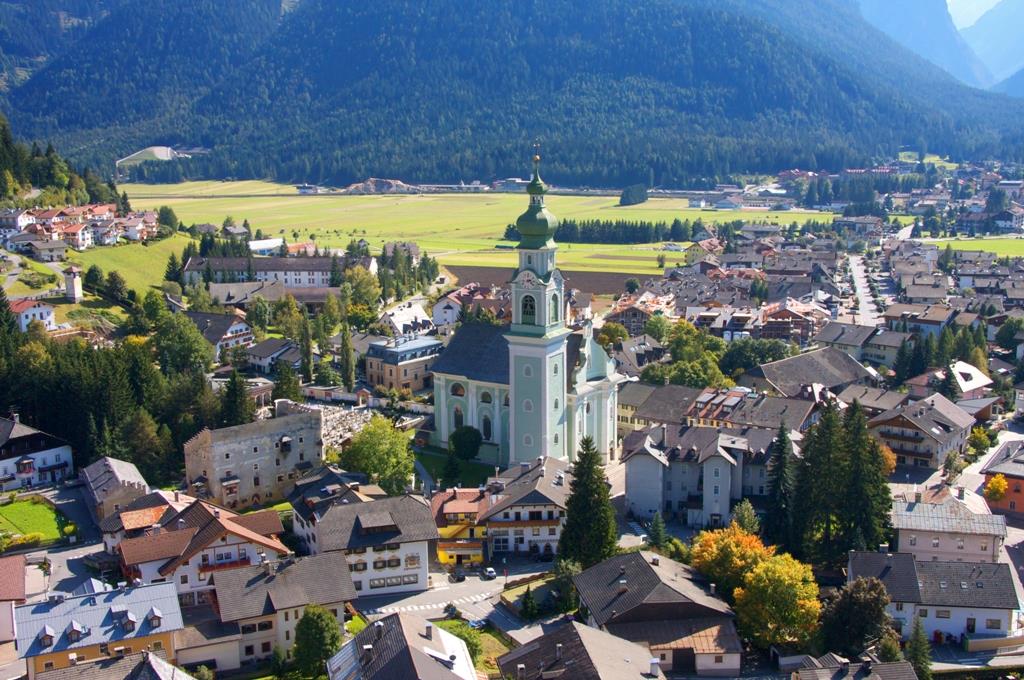How to reach the Rudolf Stolz Museum
The museum displays over 160 works by the painter Rudolf Stolz (1874 – 1960). The artist was self-taught and in the first half of the 20th century, after Egger-Lienz, was regarded as one of the most important artists in Tyrol. During the turmoil of the Second World War, Sexten became his adopted home, where he found the necessary peace to paint and create. He drew and painted typical figures from Tyrolean folk life with just a few strokes, and deep piety and poetry also speak from his works. His most famous work, the “Totentanz”, can be seen at the cemetery entrance in Sexten.
Opening hours:
30. June bis 31. August 2019:
– Tuesday – Thursday 3 pm – 7 pm
– Friday 3 pm – 9 pm
– Saturday – Sunday 4 pm – 6 pm
09. September 2019 – 06. October 2019:
– Sunday, Wednesday and Friday 4 pm – 6 pm
Free entry!
Contact:
Rudolf Stolz Museum
Dolomitenstraße 16
39030 Sexten
+39 349-7169126
